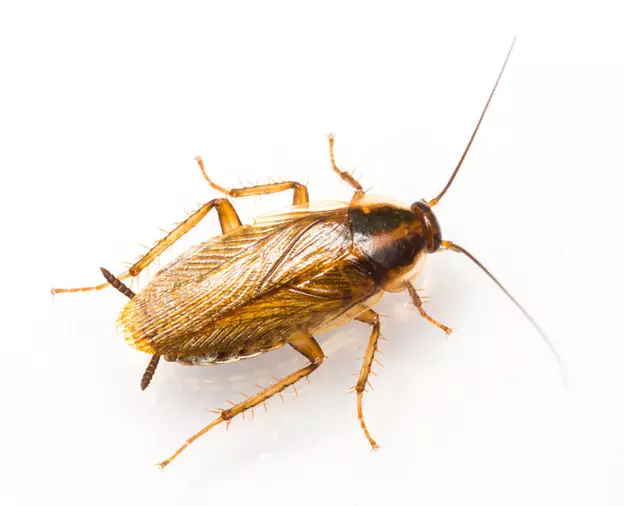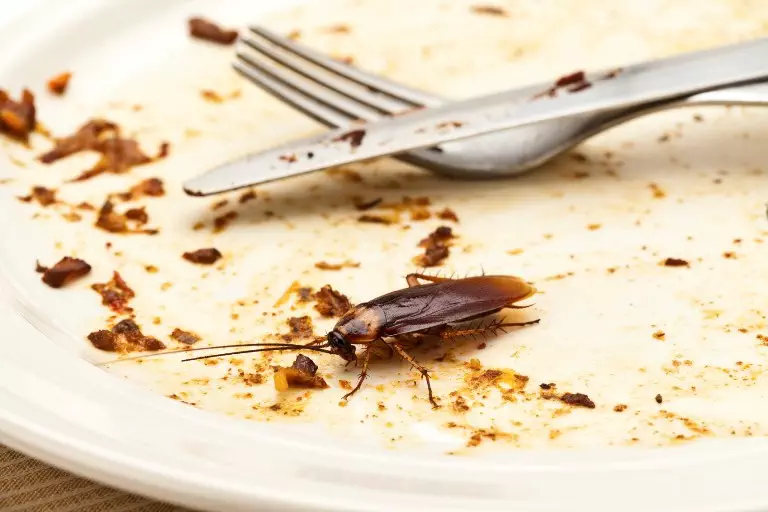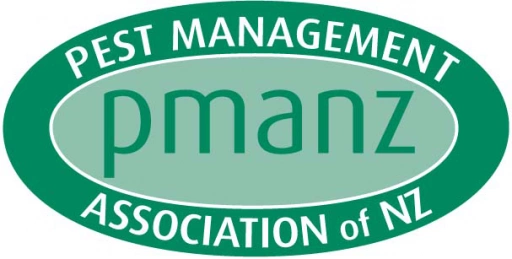Cockroaches have lived alongside man for well over 300 million years. They have survived all natural disasters during this time – they are a hardy insect and a survivor. These insects are a common household pest during the wetter and darker months. Get in touch for our cockroach management services if you have cockroaches in your home or business.
Generally speaking, cockroaches common to New Zealand are nocturnal and omnivore feeders, and can transmit diseases and bacteria pathogens such as salmonella. In addition, they can cause skin irritations, allergic reactions and breathing difficulties.
The cockroach has a life cycle consisting of three distinct stages: egg, nymph, and adult. The specific elements of the life cycle vary according to species, however. The female can lay 5-30 egg sacs containing 12-40 eggs, which can make them difficult to control once they have entered a home or residential property.
Cockroach Species Found In NZ
In this country we find a number of cockroaches, usually three species in particular: the native cockroach, often referred to as the Gisborne cockroach; the American cockroach which is the largest and the disease carrying variety namely Blattella Germanica known as the German cockroach. Each have their own distinctions, habits and require different treatments to get rid of.
Gisborne Cockroach
This breed of cockroach are small, wingless and native to New Zealand. Although originally based in Australia, they were first recorded in New Zealand at Gisborne and later in more areas in the North Island, Nelson and Blenheim. They commonly live outdoors in primarily damp, dark areas and decaying forest matter. Certain species can be found under slabs of rock in the subalpine and alpine regions of New Zealand.
As omnivores, they feed on organic materials, including dead wood, and have symbiotic gut flora which helps them digest dead wood and similar matter. While they may be considered a household pest, these insects do not naturally live indoors and are most commonly brought into a home via firewood, or are attracted by timber and bark chips.
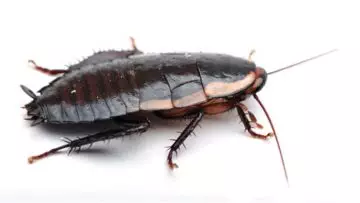
American Cockroach
The American cockroach is the largest common species of cockroach and is considered a pest in many areas of the world, including New Zealand. Despite its name, these cockroaches are native to Africa and the Middle East, and are now one of the main cockroaches commonly found in New Zealand. These insects have adapted to human living spaces, with evolved detoxification, immune systems, and growth and reproduction methods.
Also omnivores, these cockroaches eat many materials, including cheese, beer, tea, leather, bakery products, plant materials, book bindings, glue and fermenting foods. When it comes to their ideal habitat, American cockroaches prefer moist areas with higher temperatures, and are found in many different residential areas. American cockroaches can cause sickness in humans, from their odorous secretion and the bacteria they pick up and deposit on foods and surface areas.
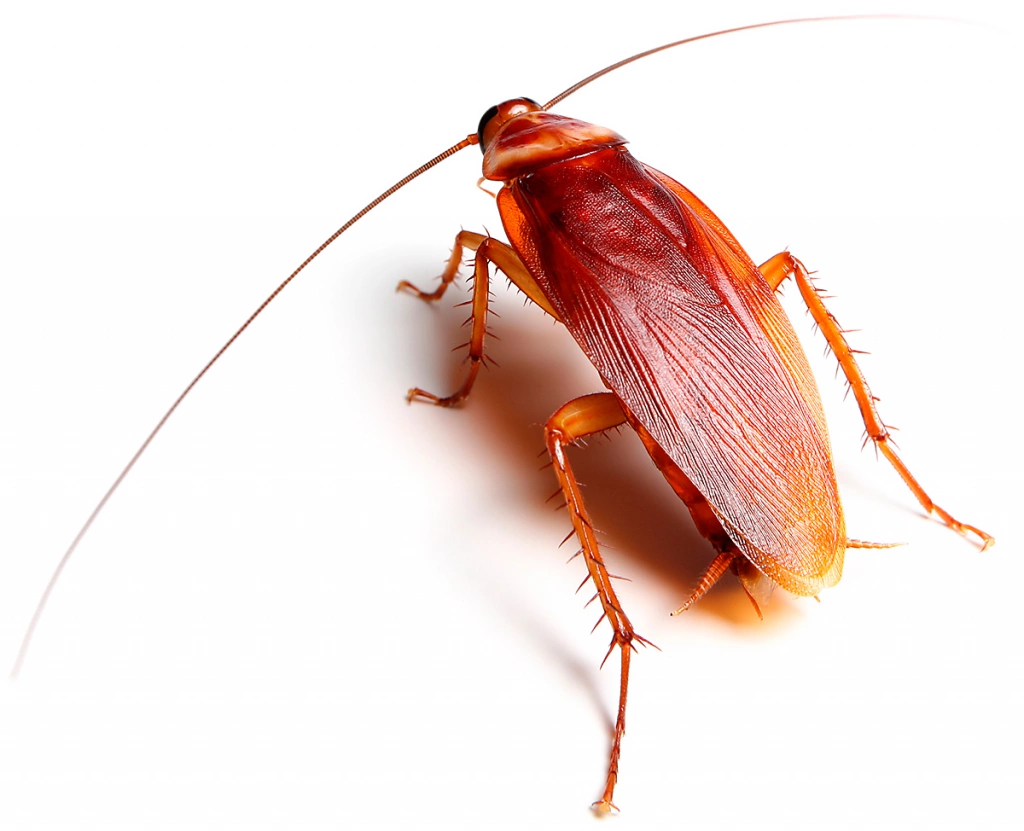
German Cockroach
The German cockroach is a smaller species of cockroach that can vary from tan to almost black. This species of cockroach is considered one of the most troublesome domestic pests. When it comes to domestic areas, the German cockroach is common in restaurants, food processing facilities, hotels and institutional establishments such as nursing homes. As they cannot survive in the cold, they become more common in domestic areas when the climate is cooler.
Defined as ‘omnivorous scavengers’ these cockroaches will feed on meats, starches, sugars and fatty foods. They have also been known to eat soap, glue and toothpaste. Of all the cockroaches listed here these are considered more resilient in the face of many pest control measures.
